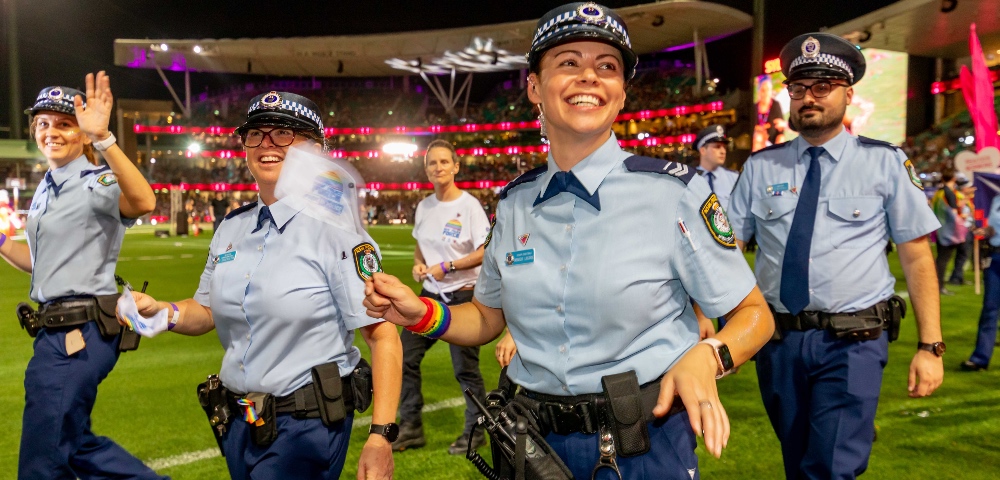Last week, American producer QRTR continued her multi-year hot streak of killer releases with a new EP titled “Wilt,” which was released on Headroom Records. The four-track EP continues her uniquely unusual style of production, a tasteful blend of dance-friendly percussions and drift, emotionally drifting melodies, and textures.
We wanted to get an inside look at how she crafts and makes her sounds, as she is one of the few rare producers today who is making truly original-sounding music and exists almost in a genre all her own which is why we invited her on for the latest iteration of the How It Was Made series by breaking down her track “reach me ft hannah cottrell”, where she shared the sauce on what her favorite hardware synths and software plugins she uses in her studio. Unsurprisingly, she uses a fair amount of plugins that even I, who has produced music for over a decade, was completely unaware of!
So give the track a listen below (I personally recommend listening to a few times to really acclimate your ears to the sounds and production moves she will be discussing in this article), before diving into everything that went into “reach me” which featured the vocals of Hannah Cottrell.

Arturia’s Microfreak

I’ve been an Arturia stan for years now, beginning when I bought my first hefty VST – Arturia’s Analog Lab. They have been putting out these hybrid synths featuring digital oscillators with analog filters to give you a pretty wild range of parameters to control while still maintaining a lot of the warmth you expect from analog hardware. You could spend entire days making your own custom patches by just playing with the modulation matrix on the presets already programmed within the synth (as I have lol).
There are quite a few synths used in “reach me” but one that seems to cut through the mix the most is a print from the Microfreak stemming from a factory preset – specifically preset 75 (titled Saying Goodbye – appropriate for the song imo). I jammed on it once I built out the drum groove for the track. I believe the initial melody I played were just four long notes in the key of E minor, then I chopped those sounds up within the audio clip and gated them into a 1/16th note rhythm to create what’s currently in the track. Also did some automated panning to make room for the other synths in the track – and I believe that’s why this particular synth cuts through the way that it does.
Although I didn’t use Microfreak’s built-in arp or sequencer for this synth sound, I use those functions constantly when I’m trying to write melodic bits in a track quickly. I always gravitate toward an interesting arpeggio and synth sequence and being able to have those options built into the hardware reduces friction for me when starting up new ideas. I don’t quite stick to a genre so much as I do certain sonic signatures in my music and arps/synth sequences are definitely part of my sound.
Sound Toys Tremolator

I have been gating vocals and synths since I released my first EP in 2017, and it has been pretty wild seeing an entire genre materialize in the last couple years based entirely off of the use of a gated vocal on a dance track (stutter house?!). I used to sit for hours and meticulously chop up audio to achieve the sort of trance-y vocal treatment I wanted, until someone told me I could download this plugin and literally turn one knob on a preset to do the exact same thing. Since it’s become so wildly overdone, I’m actually really excited to share this plugin so more folks can ride the tail end of this wave while the rest of us figure out new fun ways to process vocals hahah.
I initially wrote the demo for this song a couple years ago when I was still heavily using this plugin on just about everything from vocals to synths to drums, so I actually used it in multiple ways on this track. Since there are a few synths, I gated them at different note intervals to help the mix be a bit less crowded – I also automated the device on/off so that the plugin would only turn on during specific parts of the track. For example, I turn it off during a breakdown so we can actually hear the full synth notes play out and then turn it back on for the drop to make room for all the new sonic elements in the mix.
Although I think there’s no shame in picking one of the many great presets on this plugin and just letting it ride on any sound you’d like, if you press the small white button labeled “tweak” on the bottom right of the plugin interface, you are able to open up more advanced parameters and that is where the real magic happens. Rather than just throwing on a consistent 1/16th note gate, you can draw in exactly how you’d like to shape the gated sound and add more bars to the sequence for additional variation. I think this is a fun way to take a sound and make it a multi-bar evolving “chop” without having to sit there and manually cut up audio.
Punchbox

Punchbox essentially gives you a load of presets and parameters that allow you to very precisely shape the sound of a kick or bass drum. I tend to layer kicks depending on how I need it to cut through a mix and I return to this plugin a lot when I’m being really picky about what I want to hear because it gives you a ton of control.
I have three separate kick tracks layered together on this song that are specifically occupying different frequency spectrums. I don’t always do this – I imagine I was fixating on the kick and felt like I could only achieve what I wanted if I separated my kick into lows, mids and highs… I’d say this track is the most “over-produced” on the EP honestly. Anyway, I have two kick layers that are EQ’d to hell samples and then the “high” kick layer is actually a Punchbox midi track preset called “Baby Killed The Bassdrum” being sent through a major high pass filter.
If you are sick of the drum samples you have and want to build some new kick / bass drum sounds from scratch, this is a really straightforward plugin to use that comes with a ton of presets organized by sound/genre which can be helpful when you’re trying to get into an idea quickly, but want the flexibility to be able to go in and really shape your sound at any point in the process. It’s also nice to work with midi sometimes rather than drum audio samples, in my opinion. I tend to use both depending on what sound I need.
Peel

Peel is an EQ plugin that gives you a different way to visualize the way sound occupies the frequency spectrum, and lets you create a “box” around where you’d like the sound to live. You can also invert that box, so if you want a sound to occupy everything but a very specific frequency range, you can do it by just drawing that box on the plugin interface. It also takes into account stereo panning within the visual spectrum on its interface.
I used Peel on the reese bass track of this particular song to essentially cut out a lot of sub bass that I wanted the kick to occupy. I could have very easily just used Ableton’s stock EQ to do the same exact thing, but sometimes I need a different kind of visual to better understand the way a sound is occupying the mix, especially after working on a song so much that my ears are starting to second guess what it’s hearing. It also helps me to better visualize the panning on more dynamic stereo synths that Ableton’s stock EQ doesn’t do for me.
I actually think this plugin is really cool for isolating sounds in field recordings. Being able to pick a very specific area on the spectral interface to solo a frequency range with additional control over where that sound lives in the stereo field is awesome when you want to pick one particular sound out of a busy audio recording. It’s super intuitive and fast in comparison to trying to use a stock EQ visual to do the same thing.
MORE INFO ABOUT QRTR:
(function(d, s, id) {
var js, fjs = d.getElementsByTagName(s)[0];
if (d.getElementById(id)) return;
js = d.createElement(s);
js.id = id;
js.src = “//connect.facebook.net/en_US/sdk.js#xfbml=1&version=v2.5”;
fjs.parentNode.insertBefore(js, fjs);
}(document, ‘script’, ‘facebook-jssdk’));



